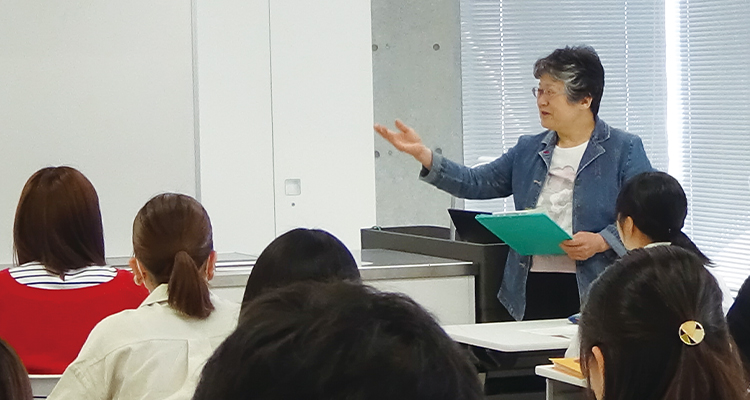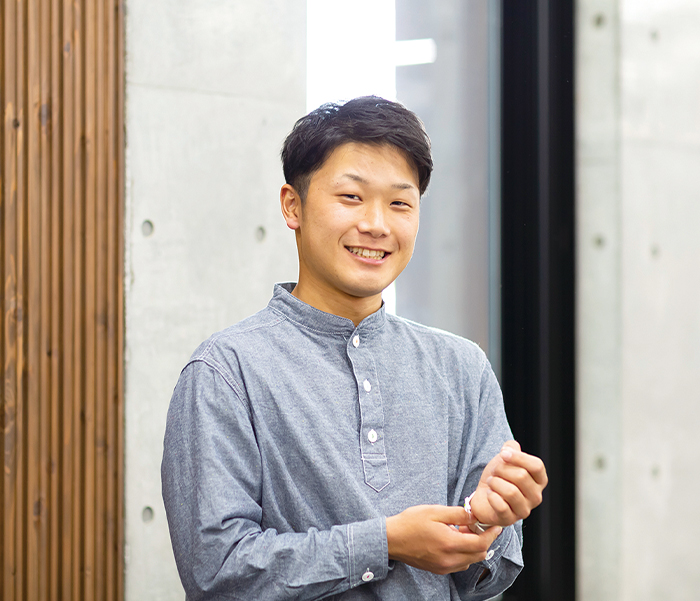Characteristics of learning
Key points over the four years of study
1. Staged curriculum from basics to application

We have built a staged “pyramid of learning” from the basics to application to develop leaders who are food and health professionals. This is also tied into passing the National Examination for Registered Dietitians and Nutritionists. Through active learning, students acquire scientific knowledge, and through relevant experiments and training, they deepen that knowledge. They also engage in various types of practical training* at school lunch centers, hospitals, health centers, and other facilities.
2. Global standard 500 hours of practical training!

We have introduced 500 hours of practical training* in the Registered Dietitian and Nutritionist course, a global standard. An entire quarter is dedicated to this training. The four-quarter system, 100-minute classes, and coordination with the local community leveraging the characteristics of the University of Nagano have made this possible. Various training enables students to develop the ability to stand side-by-side with registered dietitians and nutritionists from around the world with confidence. Take advantage of these global standards to expand the possibilities for your future.
*This practical training refers to training to acquire the knowledge and skills required of a registered dietitian and nutritionist at hospitals, health centers, school lunch centers, and various other facilities.
*This practical training refers to training to acquire the knowledge and skills required of a registered dietitian and nutritionist at hospitals, health centers, school lunch centers, and various other facilities.
Student interview

That there are so many opportunities for practical training and speaking with active registered dietitians and nutritionists is what’s appealing about the program.
Second-year student, Department of Food and Health Sciences
Kento Hyakuta
Kento Hyakuta
You learn the basics of food and the human body. In the health and human development training, we also do agricultural work and training at elementary schools. I’ve always had an interest in food and health, so the substantial time allotted to practical training in food and health sciences and the many opportunities to actually experience the front lines at medical facilities, school lunch centers, and other facilities was appealing to me, and that’s why I chose this university. In this department, the professors help us do what we want to do, and we’re able to pursue new things. There are also many opportunities to talk with active registered dietitians and nutritionists, so you can take a serious look at your own future. In the future, I hope to be involved in creating environments conducive to a healthy diet by providing dietary education not only to children but to their parents as well, so I ask all the questions I can to make that dream a reality.
